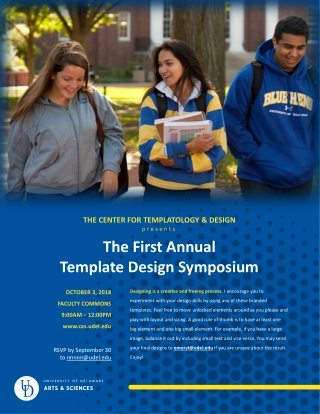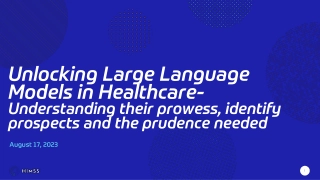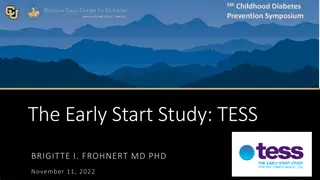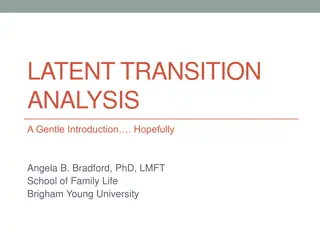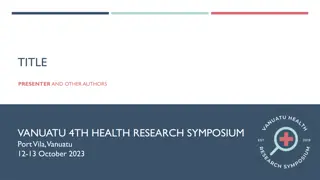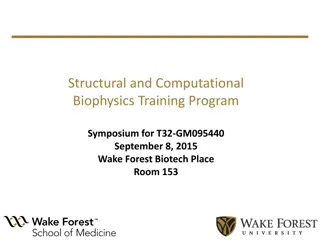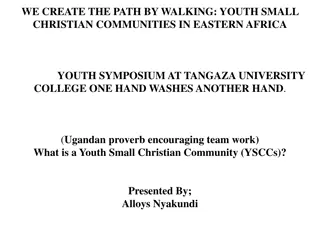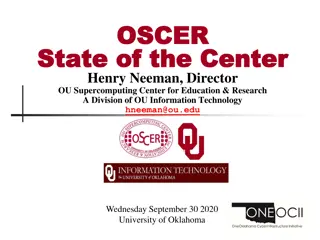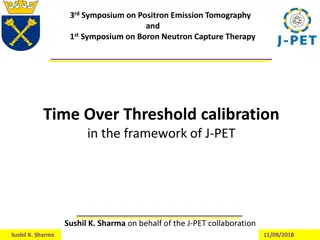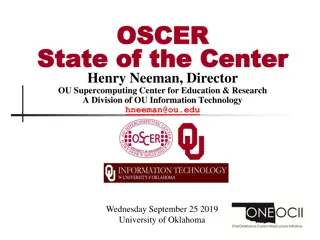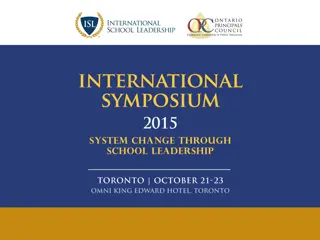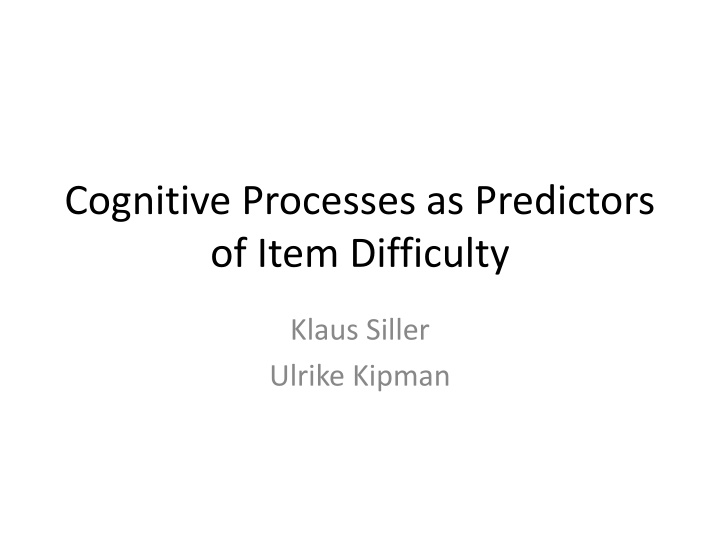
Cognitive Processes as Predictors of Item Difficulty in Reading Assessment
Explore how cognitive processes like processing operations and metacognitive activities predict item difficulty in a reading assessment. Discover significant predictors and differences, and learn how teaching different approaches can enhance reading comprehension.
Uploaded on | 2 Views
Download Presentation

Please find below an Image/Link to download the presentation.
The content on the website is provided AS IS for your information and personal use only. It may not be sold, licensed, or shared on other websites without obtaining consent from the author. If you encounter any issues during the download, it is possible that the publisher has removed the file from their server.
You are allowed to download the files provided on this website for personal or commercial use, subject to the condition that they are used lawfully. All files are the property of their respective owners.
The content on the website is provided AS IS for your information and personal use only. It may not be sold, licensed, or shared on other websites without obtaining consent from the author.
E N D
Presentation Transcript
Cognitive Processes as Predictors of Item Difficulty Klaus Siller Ulrike Kipman
Background Part of construct validation study E8 Standards Baseline Reading Test RQ: What are the key cognitive features that contribute to item difficulty in the E8-Baseline Reading Test?
Methods Identification of 4 potential cognitive predictor variables from the relevant literature (e.g. Khalifa and Weir 2009) Subjective quantification Statistical analyses To find out which variables have a significant impact on item difficulty (simple and multiple regression analyses) To look for differences between groups (ANOVAs) Khalifa, H., and C. J. Weir. Examining reading: Research and practice in assessing second language reading. Cambridge: Cambridge University Press, 2009.
Results Significant predictors? Significant differences? Processing operations ( = .568, p= .000) Metacognitive activities ( = .325, p= .036) Explained variance: 36,9%
Processing operations Metacognitive activities
Conclusions Teaching learners different ways of approaching (metacognitive activities) and decoding (processing operations) texts Reading tasks that (are supposed to) elicit different types of reading and target both lower-level and higher-level cognitive processes Further research: What do good / weaker readers actually do when they try to solve the same reading tasks?

